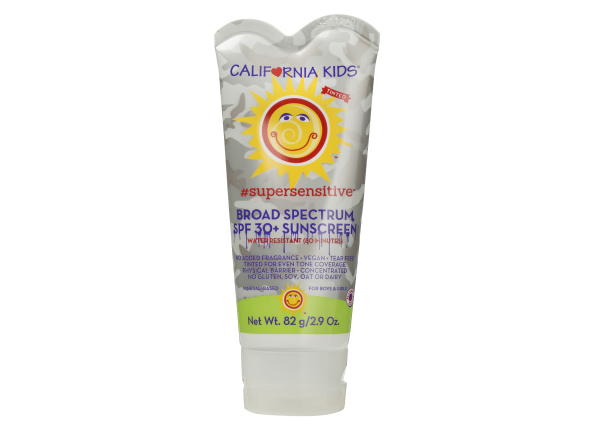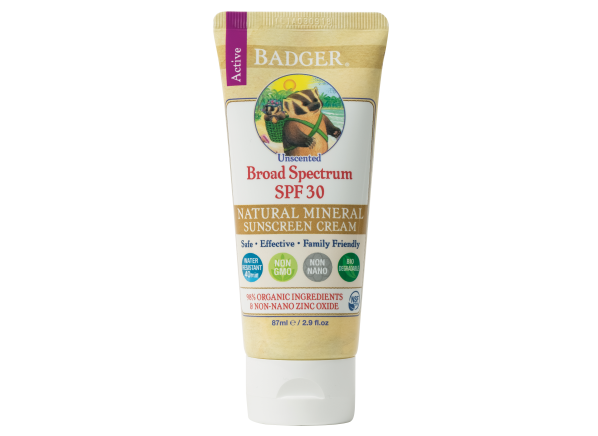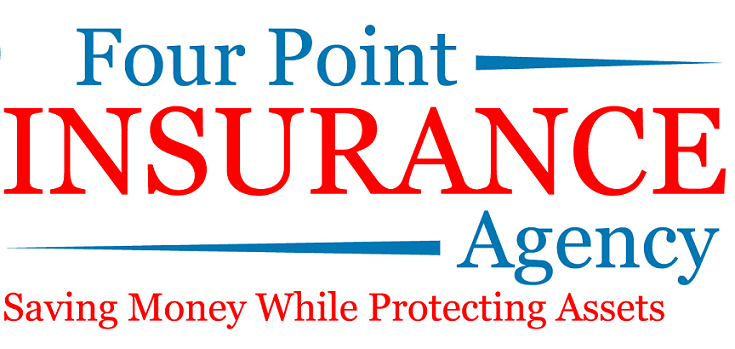We answer your burning questions on sunscreens and the best ways to minimize your risk of skin cancer and skin damage

More than one in 4 Americans (28 percent) never wears sunscreen, according to a new Consumer Reports nationally representative survey of 2,007 U.S. adults. And most of the people who say they do wear it don’t do so every time they’re in the sun. That’s concerning, because avoiding unprotected exposure to ultraviolet rays is probably the most effective way to keep your skin healthy.
One possible reason consumers don’t shield their skin the way they should is because of confusion about how to choose and use sunscreen and other sun protection measures. Here, experts answer some of the most common questions and provide sun safety tips for you and your family.
avoiding unprotected time in the sun is probably the most effective step you can take to keep your skin healthy.
avoiding unprotected time in the sun is probably the most effective step you can take to keep your skin healthy.
What Type of Sunscreen Gives the Best Protection?
Sunscreens that contain chemical ingredients—avobenzone, octisalate, or oxybenzone, for example—have been found by CR to be the most effective. They protect skin from the kind of sun damage that can cause burning, wrinkles, and skin cancer by absorbing energy from the sun’s ultraviolet (UV) rays and preventing them from penetrating skin. All of CR’s top-rated sunscreens are chemical-based. But there has been controversy in the past few years over the safety of these sunscreens, because research has shown that the chemicals can soak into the skin and bloodstream.
This has raised some concerns, and the Food and Drug Administration recently asked sunscreen manufacturers to provide more information on the safety of these chemicals. But the FDA stresses that this request doesn’t mean that the ingredients are unsafe.
Get the Best of Our Health AdviceOur free weekly health newsletter has the latest on wellness, nutrition, and safety.Sign Up
“We need additional data in order to fully understand the long-term effect of absorption and what levels can be considered safe,” says David Strauss, M.D., Ph.D., director of the division of applied regulatory science for the Center for Drug Evaluation and Research at the FDA, who has studied the absorption of these chemicals.MORE ON SUN PROTECTION & SUNSCREENSCR’s Sunscreen Ratings & Buying GuideProtect Your Skin Using the UV IndexBest Sunscreens of 2020Staying Safe at the BeachWhat You Need to Know About Sunscreen Ingredients
In the meantime, the FDA says it isn’t necessary to stop using chemical sunscreens. Don Huber, CR’s director of product safety, agrees. “With the information we have now,” he says, “the risk of not using sunscreen far outweighs any potential risk from the chemicals it contains.”
If you’re concerned about chemical exposure, one solution is to be especially diligent about covering up and staying in the shade. “This allows you to skip sunscreen on covered body parts. Because you’ll be using less of the sunscreen, you’ll be reducing your exposure to any chemicals it contains,” Huber says. “And sunscreen was never meant to be your only defense against the sun’s rays.”
Aren’t There Effective Sunscreens That Don’t Use Chemicals?
You could switch to “mineral” sunscreens, which pose no known safety risks, according to the FDA. These products contain titanium dioxide and zinc oxide, which “sit on top of the skin, blocking UV rays without being absorbed,” says Joshua Zeichner, M.D., director of cosmetic and clinical research in dermatology at Mount Sinai Hospital in New York City. “They’re also less likely to irritate delicate skin, which is why they’re recommended for babies and young children.” And because the American Academy of Pediatrics currently advises parents to avoid using sunscreens with oxybenzone on children due to the aforementioned concerns, mineral sunscreens would seem like a good choice for kids.
But there’s a hitch: In CR’s tests, mineral sunscreens don’t do as good a job of shielding skin as chemical sunscreens. “Over the last eight years of testing, we haven’t had a mineral sunscreen come in anywhere near the top of our ratings,” Huber says. “What we see is that some provide adequate SPF protection against sunburn-causing UVB rays, but they aren’t so great against the UVA rays that contribute to skin cancer and skin aging—or vice versa.”
If you still prefer a mineral product, consider California Kids #supersensitive Tinted Lotion SPF 30+ and Badger Active Natural Mineral Cream SPF 30 Unscented. While these sunscreens didn’t come in at the top of our ratings, they both received Good scores. (Note that adults can use formulations made for children.) QUICK TAKE

California Kids #supersensitive Tinted Lotion SPF 30+
Price: $25.99 Shop
Unlock Sunscreen RatingsBecome a Member or Sign in QUICK TAKE

Badger Active Natural Mineral Cream SPF 30 Unscented
Price: $13.59 – $16.18 Shop
Unlock Sunscreen RatingsBecome a Member or Sign in
Are “Reef Safe” Sunscreens Really Less Harmful to Oceans?
They may be, although the term “reef safe” isn’t regulated. More scientists are focusing on the environmental impact of sunscreens, particularly those with oxybenzone, a highly effective UV filter. (In fact, all of the top-rated sunscreens in our tests contain it.) Studies have found concentrations of oxybenzone high enough in some ocean waters to interfere with the reproductive systems of fish and destroy coral reefs. For this reason some areas, such as Hawaii, Key West in Florida, and the U.S. Virgin Islands, currently ban (or plan to ban by 2021) sunscreens that contain it. In some cases, sunscreens with the chemicals octocrylene and octinoxate are also being banned.
Many sunscreens have been reformulated to remove one or more of these chemicals. They include some that were top-rated in our previous tests, such as La Roche-Posay Anthelios 60 Melt-In Sunscreen Milk and Equate (Walmart) Ultra Lotion SPF 50. But we couldn’t get the new products in time to include in this year’s testing, so we weren’t able to gauge how they rate now.
Four products that scored Very Good ratings don’t contain oxybenzone or octinoxate but do have octocrylene. They’re all from Hawaiian Tropic: Sheer Touch Ultra Radiance Lotion SPF 50 and SPF 30, Silk Hydration Weightless Lotion SPF 30, and Island Sport Ultra Light Spray SPF 30.

Comments are closed